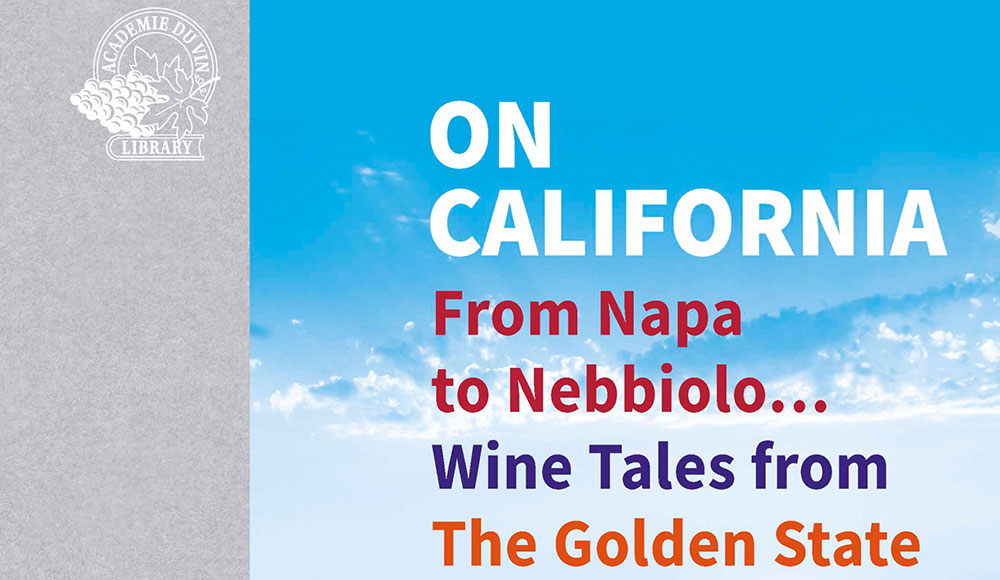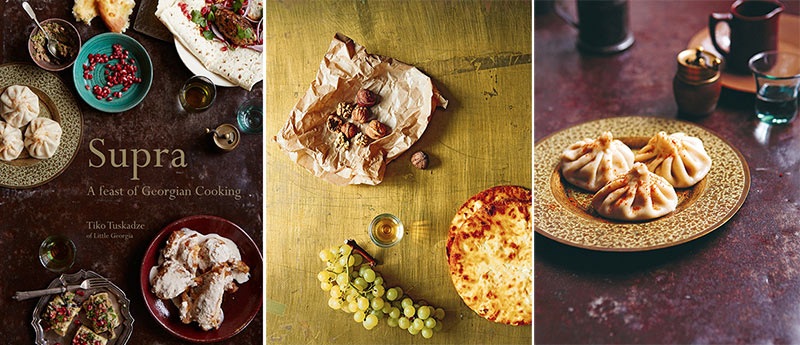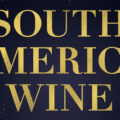We’re at a point in time, where anyone who pulls out the “Some women in wine!” listicle on International Women’s Day needs to be shamed. Actually I take that back, they need to be pilloried now that Lucia Albino Gilbert and her husband, John C. Gilbert have released a proper reference on this very subject. Their book, “Women Winemakers: Personal Odysseys” is a well-researched, detailed text that covers key women in various wine regions throughout the world by letting them speak directly with their own voices. When it comes to […]


